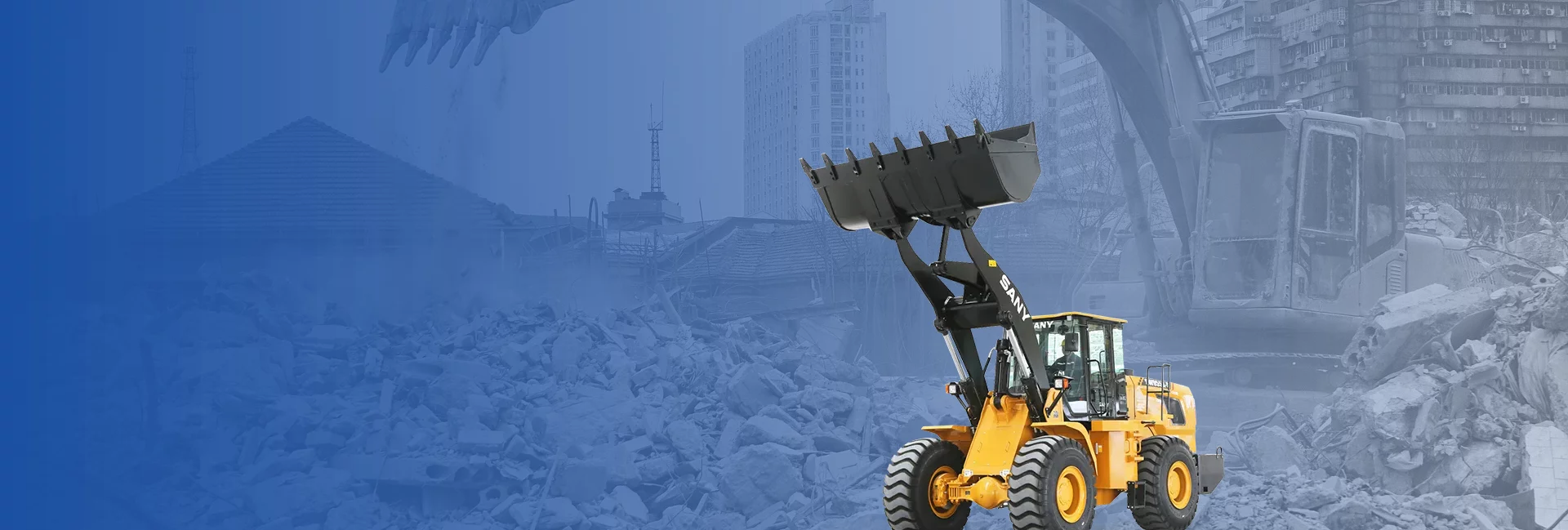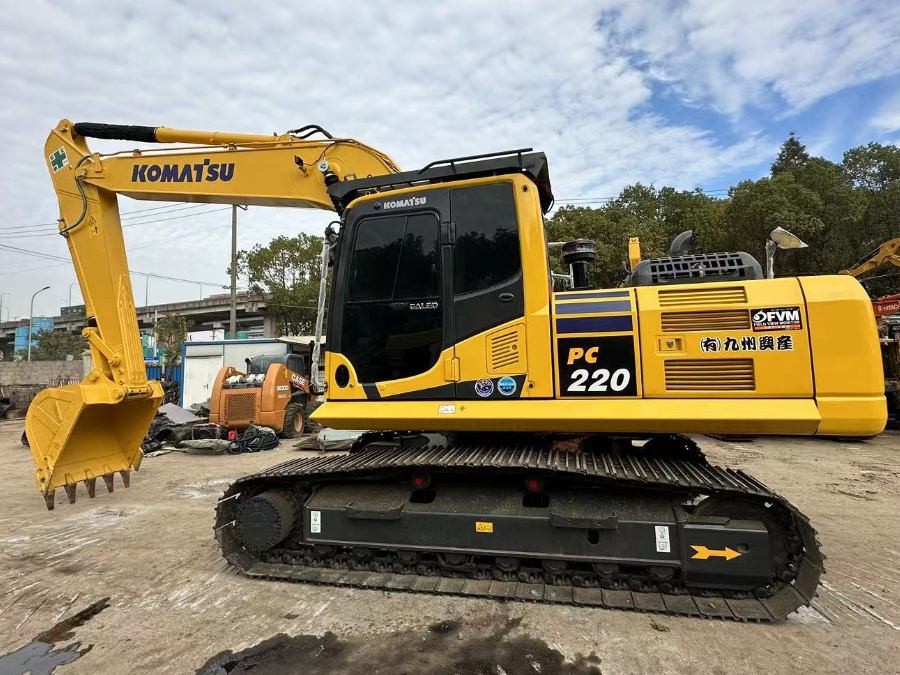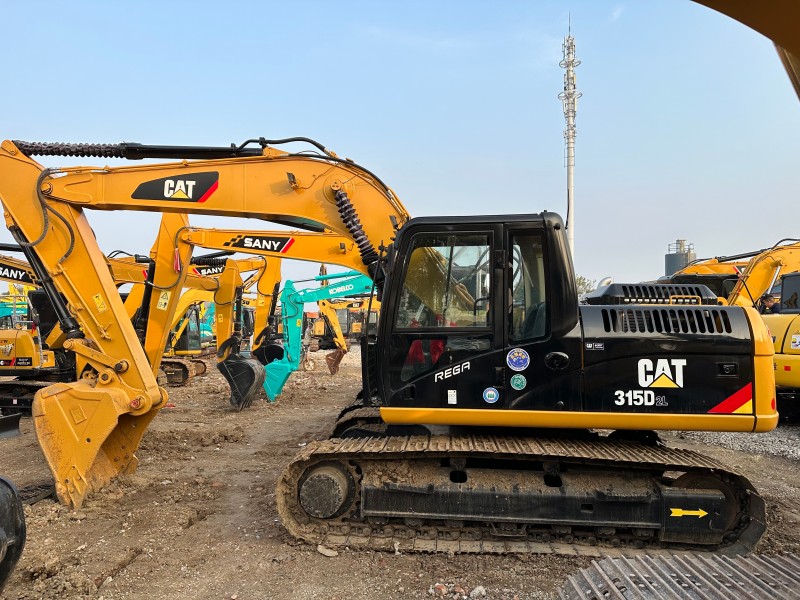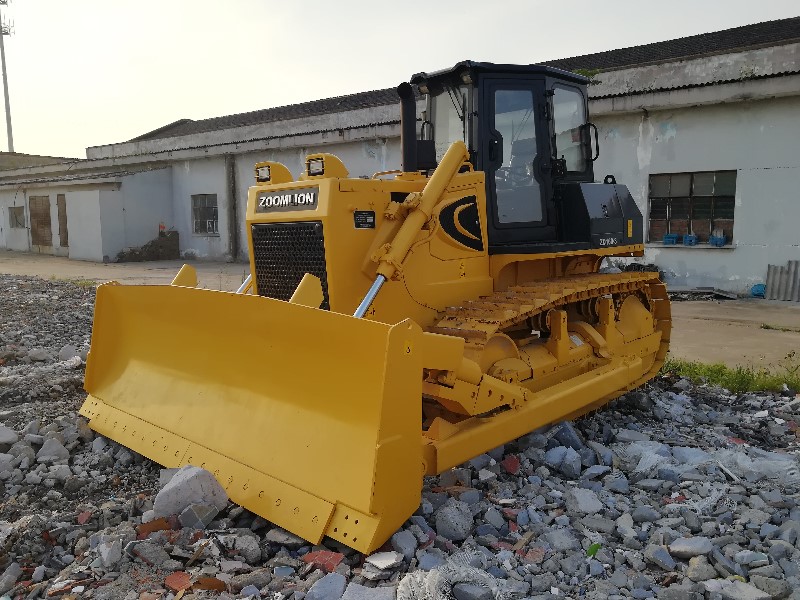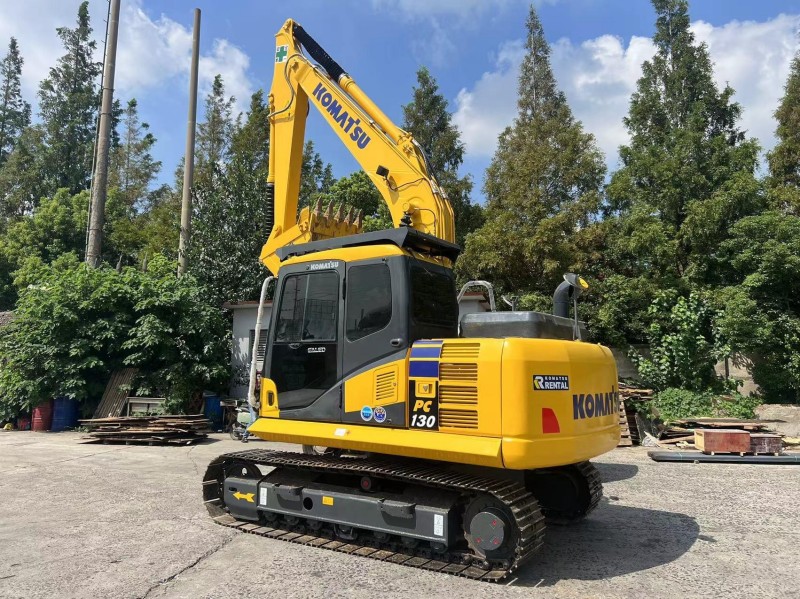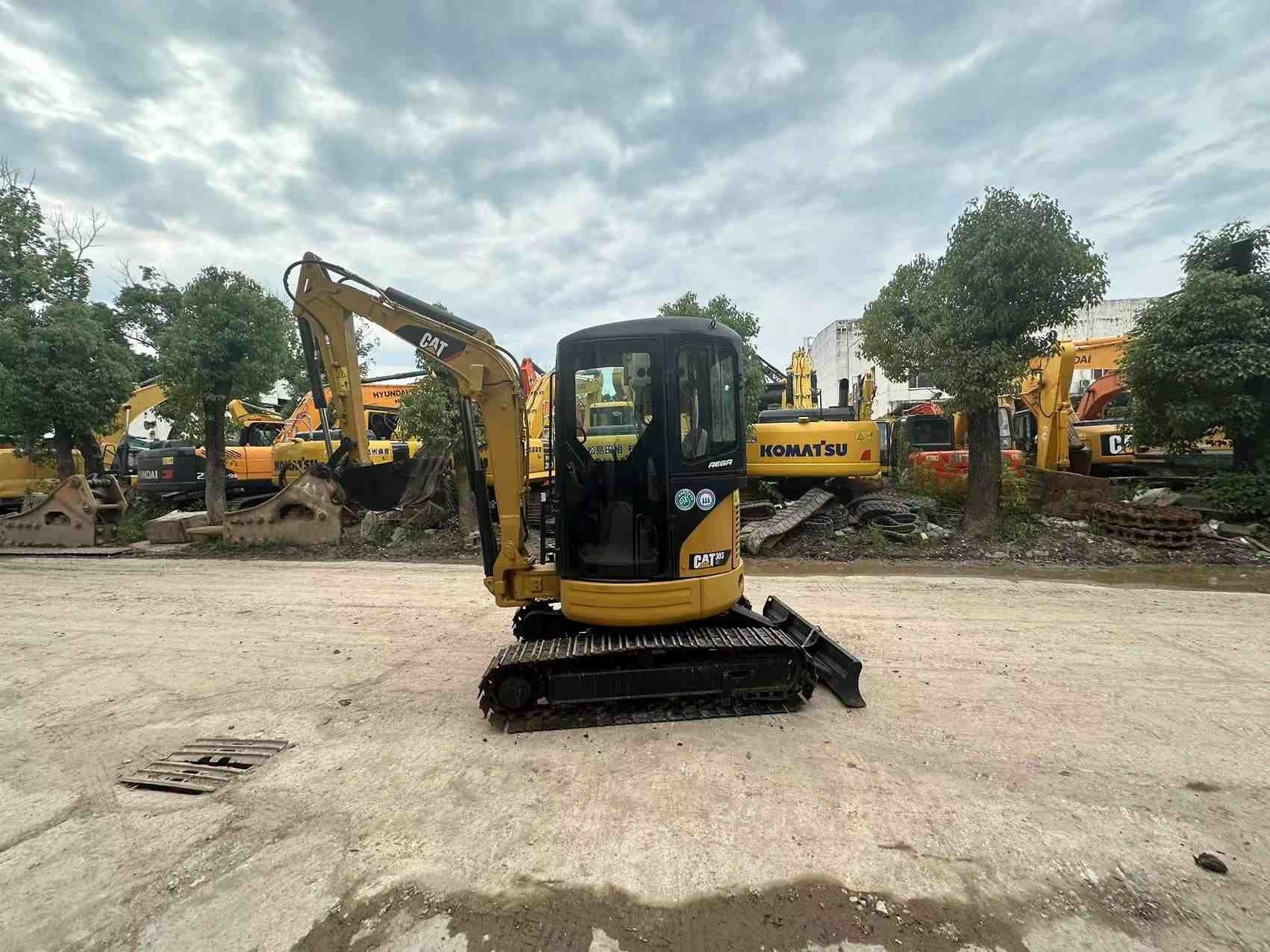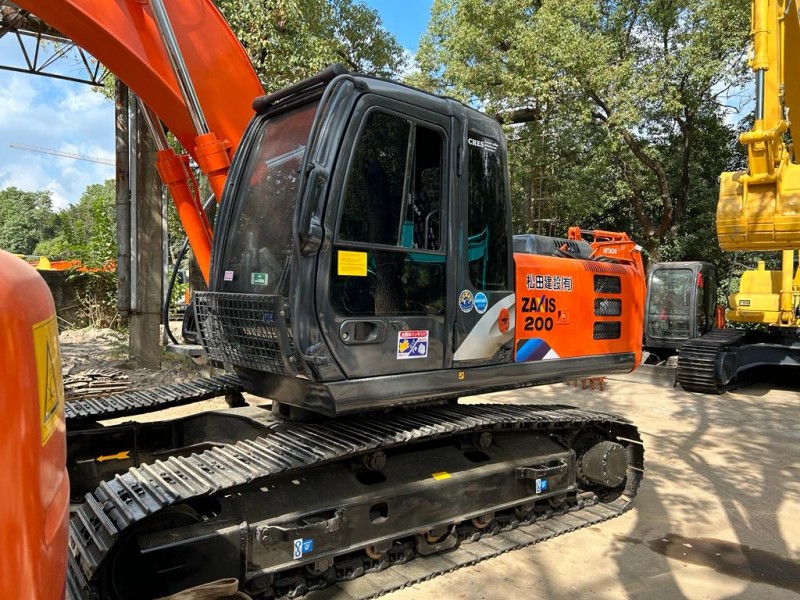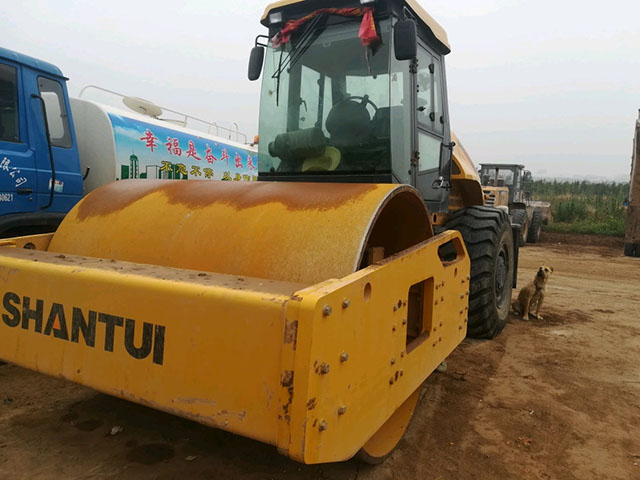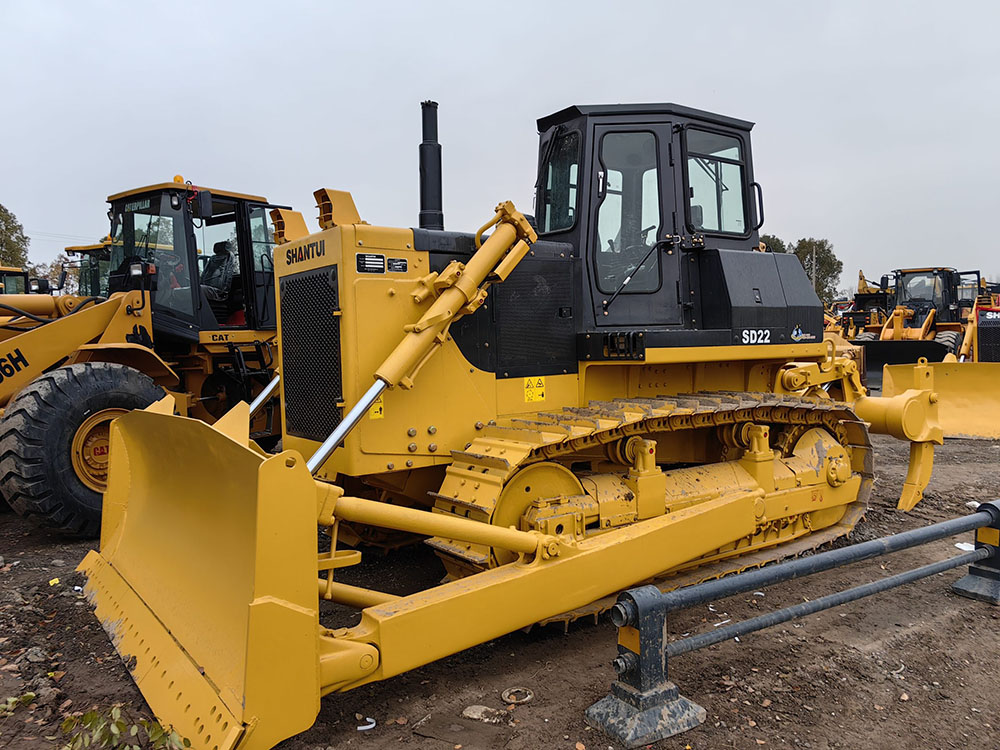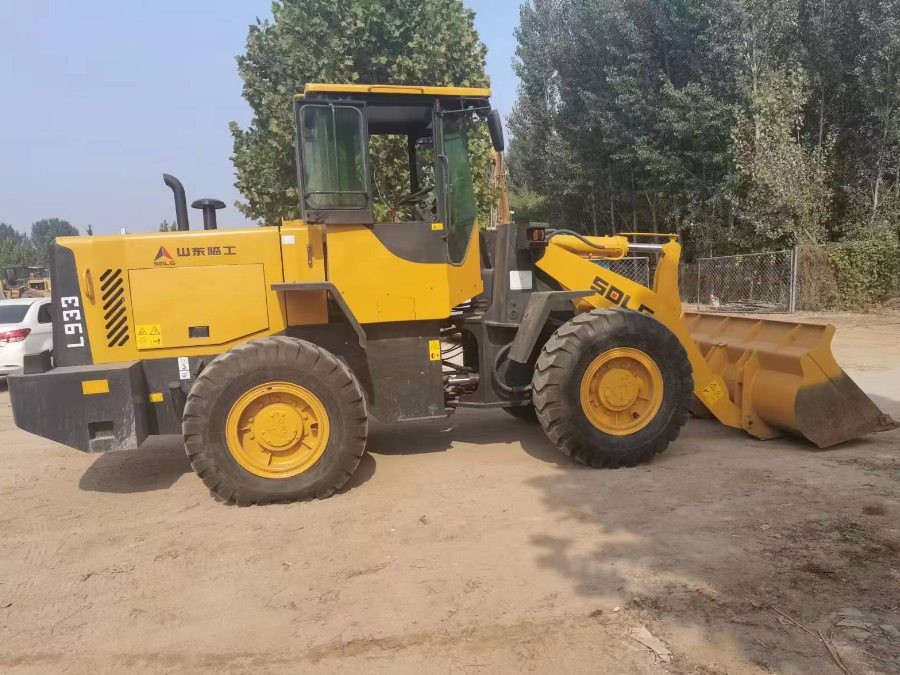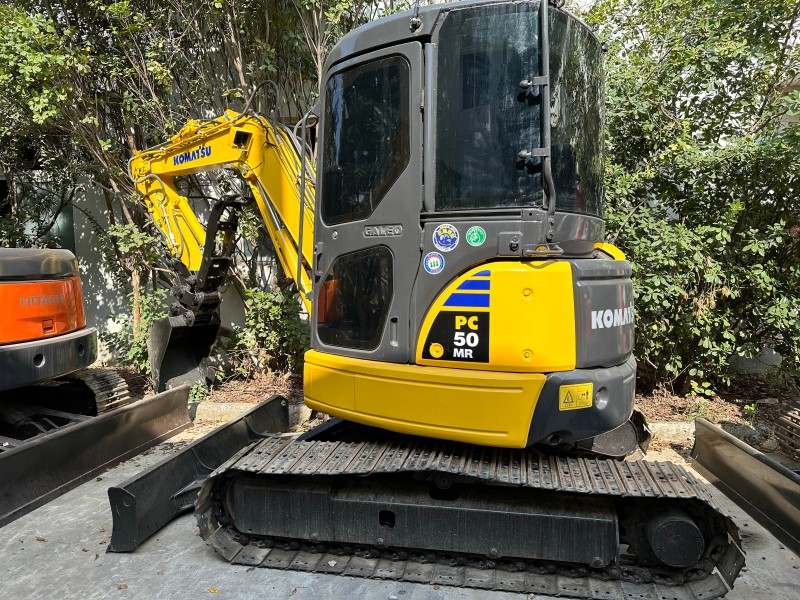| Bucket Capacity: 2000mmm³ |
| Working Hours: ≥500hours |
| Year: 2024 |
| Brand: Used Forklift |
| Shipping: Bulk cargo / Container/Flat Rack |
Linde Diesel/LPG Forklift Trucks H25D/T H30D/T H35D/T CPCJ/CPYJ 1220 Material Handling Equipment
Why Choose Us
We have a strong mechanical team to ensure that all machines are well maintained, of high quality, and
100% original.
Spare parts are available, the most suitable for your machine.
We offer almost all types of second-hand construction machinery in good condition and at low prices.
Product Introduction
| Bucket Capacity: 2000mmm³ |
| Working Hours: ≥500hours |
| Year: 2024 |
| Brand: Used Forklift |
| Shipping: Bulk cargo / Container/Flat Rack |
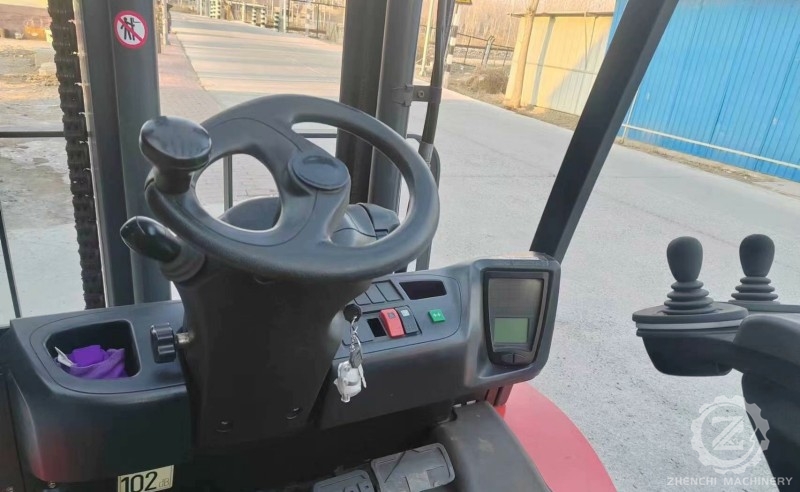









Linde's 3.0-ton diesel forklift may belong to its H30 or HT30 series (specific models such as HT30), which is a series of forklifts with high performance, high safety and customized services as its core competitiveness. The following is a comprehensive description:
1. Core technology and power system
High-efficiency power and environmental performance
Equipped with Yanmar or Deutz diesel engines, it meets the EU's third stage emission standards, has low fuel consumption, high torque characteristics, and significantly reduces black smoke emissions (some models can be equipped with DPF or three-way catalytic converters to further purify exhaust gas).
Adopting European brand hydraulic transmission system or Linde hydrostatic transmission technology to achieve stepless speed change and precise control, without clutch and gearbox, reducing mechanical wear and improving energy efficiency.
Transmission and control optimization
The integrated pedal with integrated braking and micro-motion functions, combined with the hydraulic joystick on the right side of the seat, simplifies the operation process and improves the driver's comfort.
The forklift automatically brakes when the driving pedal is released, reducing operator fatigue and enhancing safety.
2. Product Features and Design Highlights
Structural Design and Reliability
Computer-aided finite element analysis of the vehicle body, combined with Linde's years of technological accumulation, ensures high torsion resistance and long-term reliability.
Lightweight design: The deadweight range is about 4400-4998 kg (depending on the fuel type and configuration), balancing the carrying capacity and flexibility.
Ergonomics and scene adaptation
Low noise and low vibration: The noise at the operator's ear is 1.5-5 dB(A) lower than that of similar products, and the vibration is reduced by 30%-40%.
Adaptability to narrow spaces: Turning radius 2360-2421 mm (different models), overhead guard height 2175-2250 mm, suitable for indoor stacking and complex channel operations.
3. Technical parameters (taking HT30 as an example)
Parameter Value
Rated load 3000 kg
Load center distance 500 mm
Turning radius (outside) 2360-2421 mm
Overhead guard height 2175-2250 mm
Driving speed (full/empty) 19-23 km/h
Deadweight (including oil and water) 4425-4998 kg
Minimum right-angle stacking channel width 4078-4225 mm
4. Market positioning and service advantages
High-end customized service
Linde provides personalized configuration solutions, matching accessories (such as fork type, protective devices, etc.) according to customer working conditions, and supporting storage design solutions to optimize space utilization and operating efficiency.
Support dual fuel (diesel/liquefied petroleum gas) options to adapt to different energy supply environments.
Industry competitiveness
Positioning the high-end market, suitable for heavy-duty scenarios such as ports and logistics centers, but facing challenges from the electrification trend (such as increased penetration of electric forklifts).
Linde's global service network covers a wide range, providing fast maintenance support and reducing downtime.
V. Summary
Linde's 3.0-ton diesel forklift (such as HT30) has high-efficiency power, hydrostatic transmission technology, and ergonomic optimization as its core advantages, and is suitable for industrial handling scenarios with high strength and high safety requirements. Its highlights include low fuel consumption and emissions, adaptability to narrow spaces, and customized services, but it needs to cope with the long-term pressure of the industry's electrification transformation. Users can choose fuel type, attachment configuration, and supporting storage solutions according to actual needs to maximize operational efficiency
related products
Leave Us A Message


